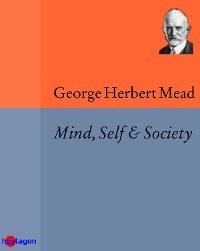Czytaj książkę: «Mind, Self & Society»
Coś poszło nie tak, spróbuj ponownie później
Gatunki i tagi
Ograniczenie wiekowe:
0+Data wydania na Litres:
25 maja 2021Objętość:
510 str. 1 ilustracjaISBN:
9783934616585Wydawca:
Właściciel praw:
Автор